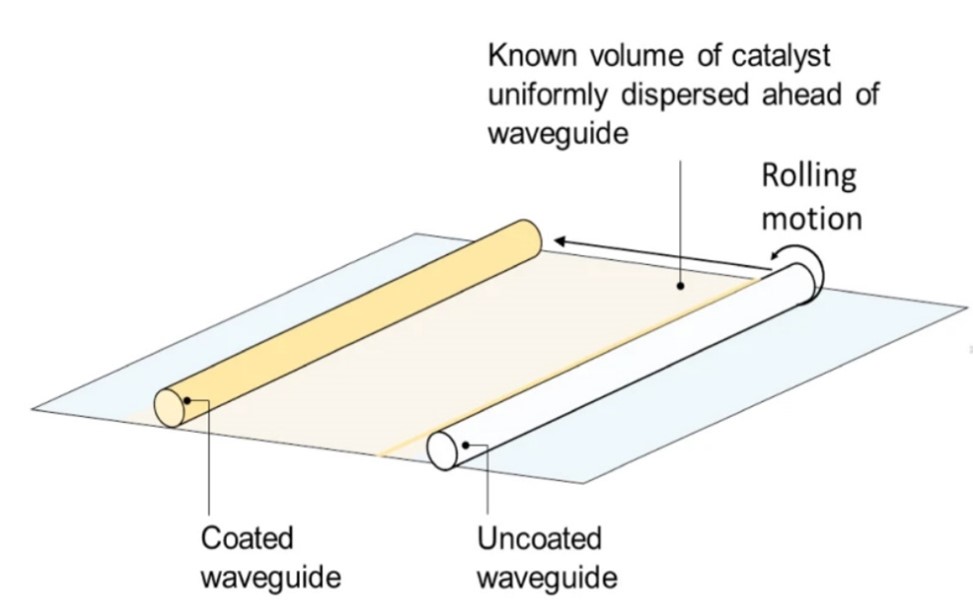Photoelectrons could initiate excited-state chemistry to enable low-temperature reactions which are kinetically prohibited at ground state. Triggering more photoelectrons is considered as the key to implement solar advantage for facile catalysis, which is usually realized via concentrating photo-intensity. However, this method suffers from the photo-saturation effect when the light intensity reaches a threshold. In this paper, Joel and co-authors demonstrate a counter-intuitive waveguide strategy to surmount the photo saturation of indium oxide catalyst by distributing, instead of concentrating, the light intensity. See full story at Nature Communications.
-
Recent Posts
- Congratulations to Geoff’s birthday paper of CO2 photocatalysis on Matter
- Could modified train cars capture carbon from the air? This team has a plan to make it happen
- Sand batteries that are dirt cheap
- Congratulations to Lu, Chengliang and Geoff on their recent publication in Nature Communications
- Congratulations to Wei and co-authors on their recent publication on silica in the Chem Catalysis
Recent Comments
Categories
Header Courtesy of Digital Westex

